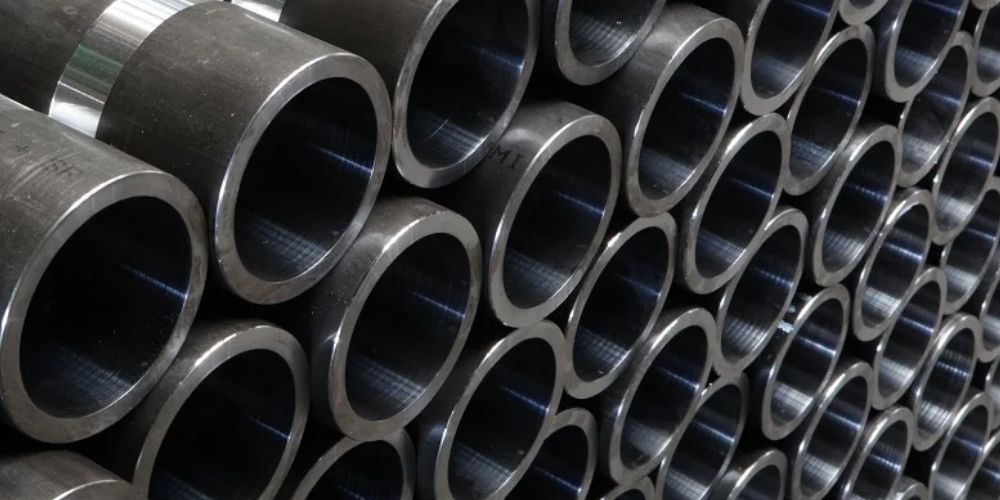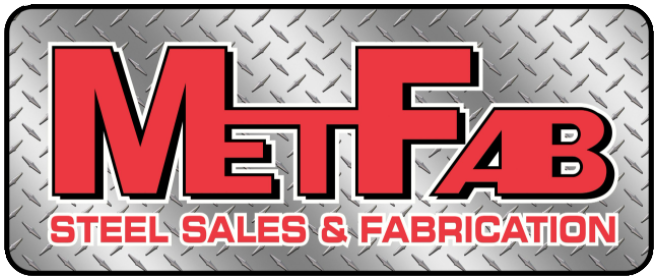How do we gauge sheet metal?
You'll now understand how the thickness of these smooth, lovely pieces is determined.
Due to its versatility and ease of transport and storage, sheet metals, or metals that have been treated into thin, flat pieces, is one of the most prevalent forms accessible. Foils refer to extremely thin sheet metals, while plates refer to thicker sheet metals. Sheet metal has been utilised for buildings, roofing, containers, and even armour suits throughout history. Sheet metals are used in practically every industry, including construction, manufacturing, automobile, aerospace, and marine, for protection and decoration.
What gauge sheet metal should I use? Well When we talk about gauge in sheet metal fabrication, we're talking about the typical thickness of sheet metal for a particular material. As a result, the gauge of sheet metal material is what you should look for if you want to know how thick it is.
The material's thickness is determined by the gauge number. The greater the gauge number, the thinner the material is. Sheet metal gauge chart australia are measured in millimetres in various regions of the world. Today, a variety of gauge systems are in use, with distinct gauge designations for different metal types. A sheet metal gauge chart ensures the metal fulfils the specified dimensions due to the different thicknesses – sheet metal gauge chart inches or sheet metal gauge chart mm.
What Are the Four Major Steel Types?
Aluminum Steel
Aluminium Steel is another popular metal because of its lightweight and sleek appearance. Aluminium may be used in a variety of DIY projects due to its corrosion resistance.
Carbon or Mild Steel
Carbon or Mild Steel is a matte-finish metal that is one of the most popular types of metals for DIY projects that are best suited for indoor use despite its proclivity for corrosion. It's easy to mould and weld, and it holds paint nicely.

Galvanised Steel
Galvanised Steel is a zinc-dipped steel sheet that is popular for its versatility, since it resists corrosion from the environment and can be used both inside and outside the home.
Stainless Steel
Stainless Steel is a popular metal type that may be utilised for DIY projects such as creating a backsplash or a metal frame since it is beautiful, sturdy, and easy to build. Perfect for adding a high-end look to your project.
The Standard Gauge Chart for Sheet Metal
The sheet metal gauge chart metric must still be translated to millimetres or inches. This is the proper method for determining sheet metal thickness. You can use a gauge conversion chart for a stress-free conversion.
Aluminium Gauge Chart
| Gauge Number | Inches | MM |
|---|---|---|
| 7 | .1443 | 3.665 |
| 8 | .1285 | 3.264 |
| 9 | .1144 | 2.906 |
| 10 | .1019 | 2.588 |
| 11 | .09074 | 2.305 |
| 12 | .08081 | 2.053 |
| 14 | .06408 | 1.628 |
| 16 | .05082 | 1.291 |
| 18 | .04030 | 1.024 |
| 20 | .03196 | .812 |
| 22 | .02535 | .644 |
| 24 | .02010 | .511 |
| 26 | .01594 | .405 |
| 28 | .01264 | .321 |
| 30 | .01003 | .255 |
Carbon or Mild Steel Gauge Chart
| Gauge Number | Inches | MM |
|---|---|---|
| 7 | .1793 | 4.554 |
| 8 | .1644 | 4.175 |
| 9 | .1495 | 3.797 |
| 10 | .1345 | 3.416 |
| 11 | .1196 | 3.038 |
| 12 | .1046 | 2.656 |
| 14 | .0747 | 1.897 |
| 16 | .0598 | 1.518 |
| 18 | .0478 | 1.214 |
| 20 | .0359 | .911 |
| 22 | .0299 | .759 |
| 24 | .0239 | .607 |
| 26 | .0179 | .454 |
| 28 | .0149 | .378 |
Galvanised Steel Gauge Chart
| Gauge Number | Inches | MM |
|---|---|---|
| 8 | .1681 | 4.269 |
| 9 | .1532 | 3.891 |
| 10 | .1382 | 3.510 |
| 11 | .1233 | 3.1318 |
| 12 | .1084 | 2.753 |
| 14 | .0785 | 1.9939 |
| 16 | .0635 | 1.6129 |
| 18 | .0516 | 1.310 |
| 20 | .0396 | 1.005 |
| 22 | .0336 | .853 |
| 24 | .0276 | .701 |
| 26 | .0217 | .551 |
| 28 | .0187 | .474 |
| 30 | .0157 | .398 |
Stainless Steel Gauge Chart
| Gauge Number | Inches | MM |
|---|---|---|
| 8 | .17187 | 4.365 |
| 9 | .15625 | 3.968 |
| 10 | .14062 | 3.571 |
| 11 | .125 | 3.175 |
| 12 | .10937 | 2.778 |
| 14 | .07812 | 1.984 |
| 16 | .0625 | 1.587 |
| 18 | .050 | 1.270 |
| 20 | .0375 | .9525 |
| 22 | .03125 | .7937 |
| 24 | .025 | .635 |
| 26 | .01875 | .476 |
| 28 | .01562 | .396 |
| 30 | .0125 | .3175 |
To maximise efficiency and functionality, it's critical to select the right sheet metal thickness. Here's how to figure out what gauge to use for sheet metal fabrication:
Cost
Sheet metals made of thicker materials are usually more expensive than those made of lighter materials. Before you think about price, you should think about what the metal is supposed to do. This will assist you in selecting a gauge that is appropriate for your application.
Efficiency
The thickness of sheet metal utilised can alter the workflow of a project from start to finish. A design composed of sheet metal materials of the proper thickness will perform better in the work at hand.
Environment
If you're working on a project that demands a lot of rigidity, you'll need to use a thinner gauge sheet material. If your construction necessitates a variety of bends and a high level of flexibility, you should use a higher gauge material. If your design will be exposed to harsh weather, high temperatures, and pressure, you may wish to choose lower gauge materials. High gauge materials are an excellent choice if it will be kept indoors or protected from the circumstances described.
Conclusion
This is a sheet metal gauge explained. You don't just pick any metal you come across for your construction without first determining whether or not its thickness is appropriate for the project. As a result, using a sheet metal gauge is a quick and easy approach to validate this. It is a simple method used by professionals to select appropriate metal thicknesses for their structures.

